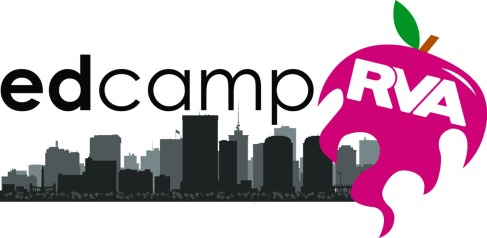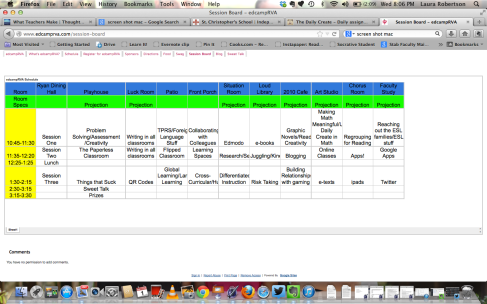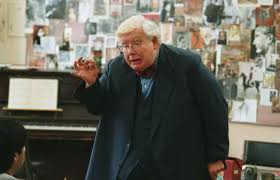All over Twitter and on edblogs many educators have been busy dismissing the pedagogical value of lectures. Citing statistics such as students only learn 5 percent of what they hear in a lecture and declaring that the days of lecturing are or should be over, these same educators are likely to tweet their praise of tedtalks , sometimes even in their very next tweet. Such is the paradox pertaining to lecture in this age of 21st century learning. On one hand our current educational climate has raised the lecture to its highest heights in terms of the privileging of ted talks and the explosion of flipped classrooms and moocs. On the other hand we are constantly being told that “lecture doesn’t=learning”. Yet these statistics and statements flummox me as I believe they are misleading. A good lecturer would never expect a student to master the material from lecture alone. A good teacher would never rely on lecture alone. Lecture is only one of the tools teachers, especially humanities teachers, use to paint a picture for our students and create a coherent narrative, one which our students participate actively in crafting though their readings, viewings, and writings.
There is a place for lecture in the 21st century. The best defense of the lecture I have read comes from Richard Gundererman in The Atlantic. In his Article: Is the Lecture Dead, Gunderman examines the trend of eliminating lectures from medical and nursing schools during the past five years. With many medical schools limiting significantly the percentage of time a professor can spend lecturing, Gunderman launches into a thoughtful argument and states “recalling the words of Mark Twain, widespread reports of the lecture’s demise are somewhat exaggerated.”
Lectures, according to Gunderman, still have value as long as they are excellent lectures because
The core purpose of a great lecturer is not primarily to transmit information. To this end, other techniques, such as assigning a reading in a textbook or distributing an electronic copy of the notes, can be equally effective. The real purpose of a lecture is to show the mind and heart of the lecturer at work, and to engage the minds and hearts of learners….
A great lecturer tells a story. It has a beginning, a middle, and an end. It poses problems that it proceeds to address, and it keeps learners in suspense, waiting to see how they can be worked out. Great lecturers often share responsibility for solving these problems with learners, working with them in real time to find a solution. Learners are not merely sitting and passively listening. Far from it, they are challenged and engaged, actively thinking and imagining right along with the lecturer as both struggle toward new insights.
I agree with Gunderman when he argues that not every teacher should lecture as not every teacher is a talented lecturer, and not even the most talented lecturer should lecture to the exclusion of all else, but the lecture is still a sound pedagogical tool with value in the high school classroom and beyond.
My own experience both as a student and a team teacher has taught me the value of the lecture. I still remember the excellent lectures I attended while an English major at UVA especially those of Steven Cushman, Deborah McDowell, and Joseph Kett. Their lessons still inform my teaching today. I certainly learned more than 5% and have retained it for a decade and a half. I have also been privileged to team teach with some phenomenal and dynamic lecturers. In American Studies we spend sometime in each unit lecturing. While this isn’t my strong suit at all, I tend to be a better discussion leader and facilitator, we have found great utility in the lectures given by our most talented lecturer. Our lectures are successful because we don’t expect students to get the details and facts from the lecture. Instead our lectures help our students see the fuller picture, understand and be able to identify the story our curriculum is teaching. That isn’t to say that we are the only ones involved in creating a coherent story, and in fact our students spend a great deal of time learning how to craft their own arguments and narratives. Yet, through our lectures we are able to model the kind of factually based, interesting, well organized and executed stories we want our students to be able to recreate and retell in their pursuit of becoming educated scholars of American history and culture.
Although it isn’t the dominant form of instruction of our course, at least in our classroom, and I hope in the classrooms of other teachers who are effective, gifted, lecturers, the lecture is alive and well. ; and that is to the benefit our our students because they get to see what intellectual passion, command, and curiosity look like in action. We get to model for them a skill that we hope they will leave our classroom with: the ability to sustain and tell a story that captivates, engages, informs and provokes an audience. That is definitely a skill not just for the 21st century, but for the ages.
For Further Reading:
In Defense of Lectures
Twenty Terrible Reasons For Lecturing (I obviously disagree with a few of these, but it is a well researched and written study presenting the opposite perspective.







